Once upon a time it was frowned upon to practice Catholicism in the Netherlands. The religion of preference was Protestantism, so all Catholic churches were banned because they apparently offended the Protestants. But you COULD practice Catholicism if you wanted to, as long as the Protestants wouldn't notice (yes, we have a long history of tolerating everything 'different' (need I say weed or prostitution) by turning a blind eye.).
Anyway, in the 17th century several clandestine churches popped up, hidden churches, that looked like regular buildings from the outside.
We don't have a lot of those clandestine churches left in the Netherlands, but here in the Hague you can find the H.H. Jacobus & Augustinus parish church, aka the Old Catholic Church.
Anyway, in the 17th century several clandestine churches popped up, hidden churches, that looked like regular buildings from the outside.
We don't have a lot of those clandestine churches left in the Netherlands, but here in the Hague you can find the H.H. Jacobus & Augustinus parish church, aka the Old Catholic Church.
It seems like an average front door but HA, don't let it fool you. You enter the building, walk through a corridor, and then BAM - suddenly you find yourself in this awesome and spacious church. I was so surprised when I walked in for the first time (and the second time for that matter, hehe), since you really don't expect such a large and beautiful church to be hidden away behind that average façade.
Unfortunately no one is 100% sure who designed the whole of this baroque church. The beautiful plastering indicates the hand of French-Dutch architect Daniel Marot (famous for his Louis XIV architectural style, plaster ceilings and ornamentation) who did live in the Hague, but it could be one of his students just as well. The (quite brilliant) lady who guided us was absolutely adamant that the architect was Marot, but according to the church' official website, evidence is found in archives that the rather unknown Nicolaas Kruysselbergen was the architect. Other (reliable) sources claim it's Marot. Who knows! Who cares? I think since it's such a pretty church, it's just a shame we can't attribute it to someone's legacy.
I really really love the stucco over here by the way. It's not as dramatic as some baroque interiors. It's clean and simple yet elegant and still a bit whimsical here and there.
Research has indicated the Swiss-born Italian plasterer Joseph Bollina made the ceiling. His work can also be seen in the Fundatie van Renswoude orphanage in Delft.
I really really love the stucco over here by the way. It's not as dramatic as some baroque interiors. It's clean and simple yet elegant and still a bit whimsical here and there.
Research has indicated the Swiss-born Italian plasterer Joseph Bollina made the ceiling. His work can also be seen in the Fundatie van Renswoude orphanage in Delft.
By the way, I didn't even know there was a difference between the Old Catholic Church and the Catholic Church. The first Old Catholic Church was founded around 1700, so even though it's called 'Old' Catholicism, it's actually newer than Roman Catholicism. It's also far more progressive apparently, as this religion is sort of between Catholicism and Protestantism. Women for instance can be ordained and the church has an open attitude towards homosexuality and same sex marriage.
But wait, there's more! Upstairs you can find a so called attic church, which is also one of the oldest clandestine churches in the Netherlands. The Chapel of Maria Mater Dei is very small, but is still in use every Wednesday.
And then there's the bishop's chamber, dated from 1720. It has all the original furniture and is very much intact. I like the stately green walls and all the paintings, it's like a little museum.
This chamber is of historic significance, because it was here when they chose a new archbishop of Utrecht, against the will of the Pope. This event caused a rupture in the Dutch Catholic Church, and led to the foundation of the Old Catholic Church.
This chamber is of historic significance, because it was here when they chose a new archbishop of Utrecht, against the will of the Pope. This event caused a rupture in the Dutch Catholic Church, and led to the foundation of the Old Catholic Church.
The church is definitely worth a visit, and every Saturday free tours are given (information below). I highly reccommend this tour, as the guides are very knowlegdable and you learn a lot about the church and Old Catholicism in the Netherlands.
Oh and they're also open during Open Monumentweekend, 14 & 15 September!
Oh and they're also open during Open Monumentweekend, 14 & 15 September!
Address: Juffrouw Idastraat 13, The Hague
Opening hours: Every Saturday at 2:30pm there's a free tour starting at HIS Gallery, Molenstraat 44.
How to get there: Take tram 1 from Centrum to Scheveningen, get off at Kneuterdijk and then it's a 4 minute walk.
Website: (in Dutch) http://denhaag.okkn.nl
Opening hours: Every Saturday at 2:30pm there's a free tour starting at HIS Gallery, Molenstraat 44.
How to get there: Take tram 1 from Centrum to Scheveningen, get off at Kneuterdijk and then it's a 4 minute walk.
Website: (in Dutch) http://denhaag.okkn.nl
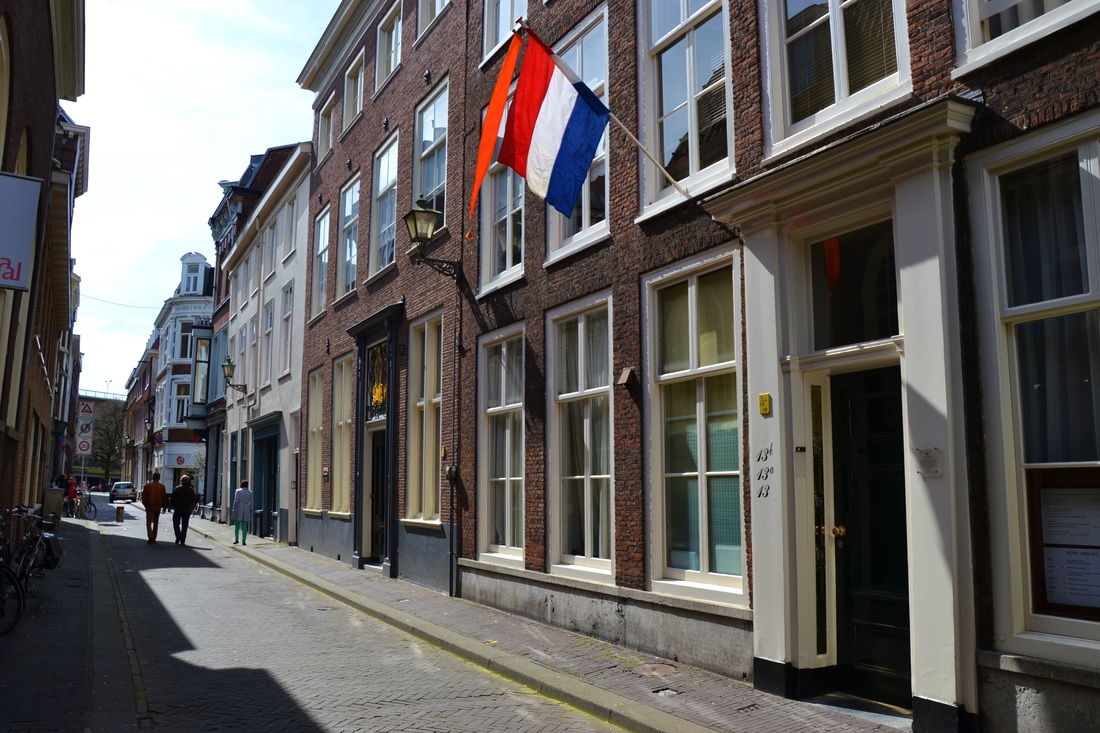
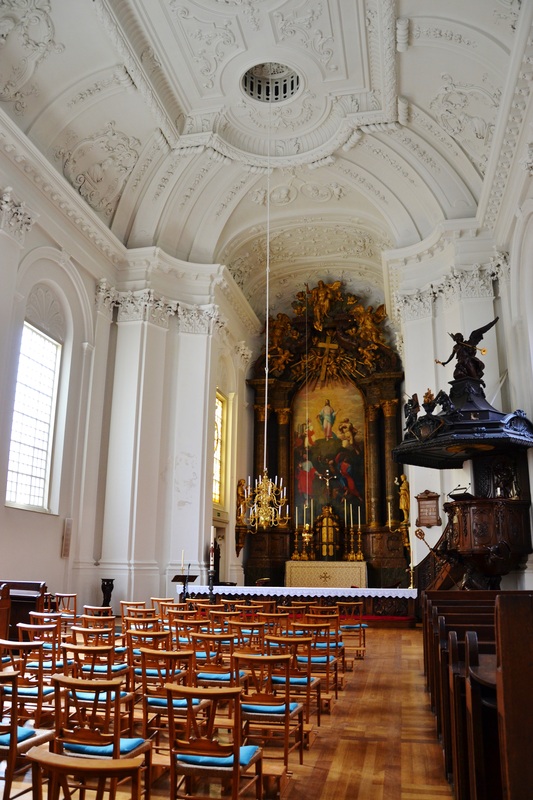
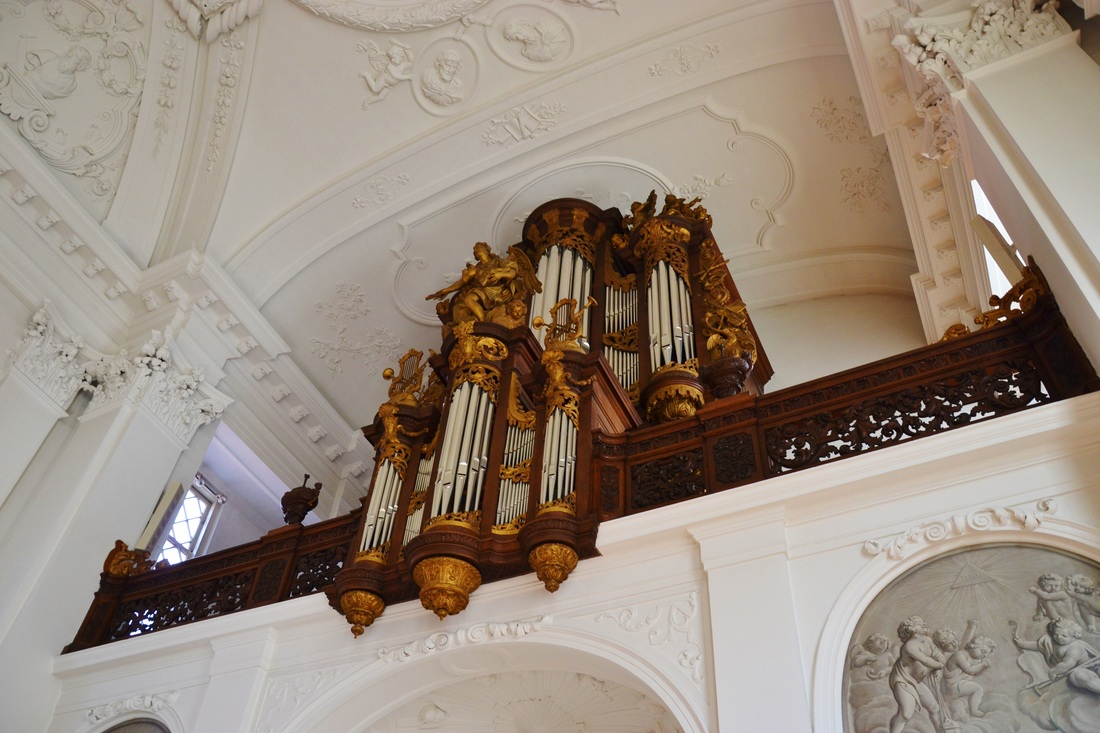
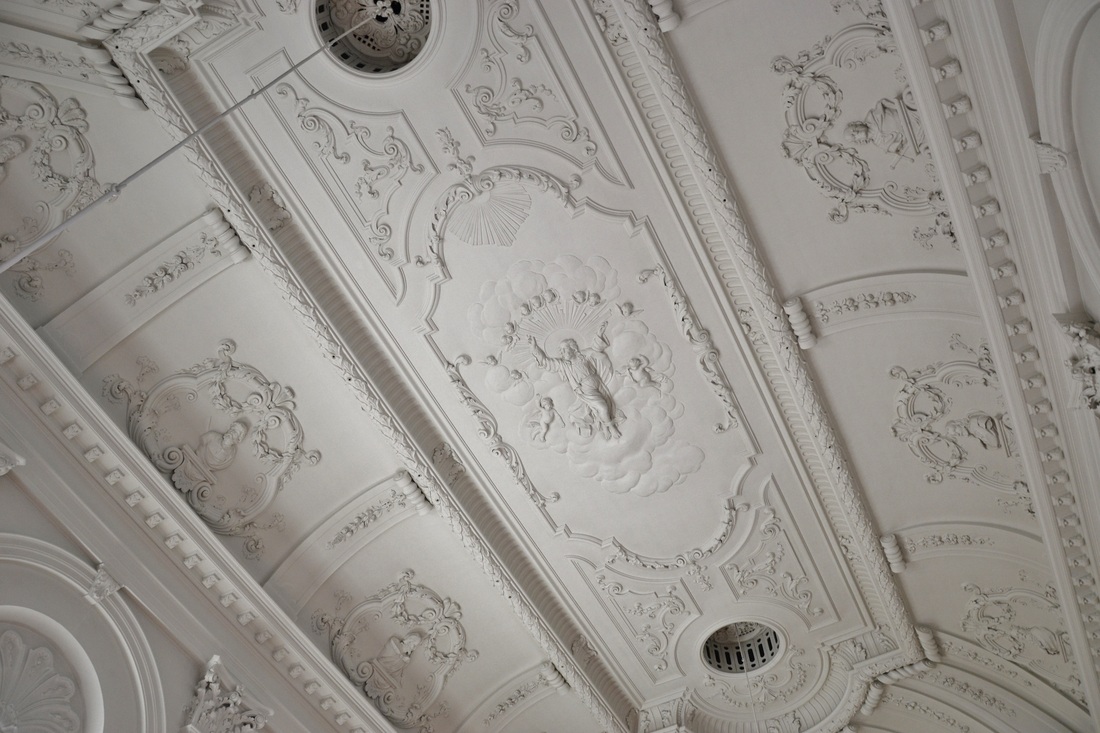
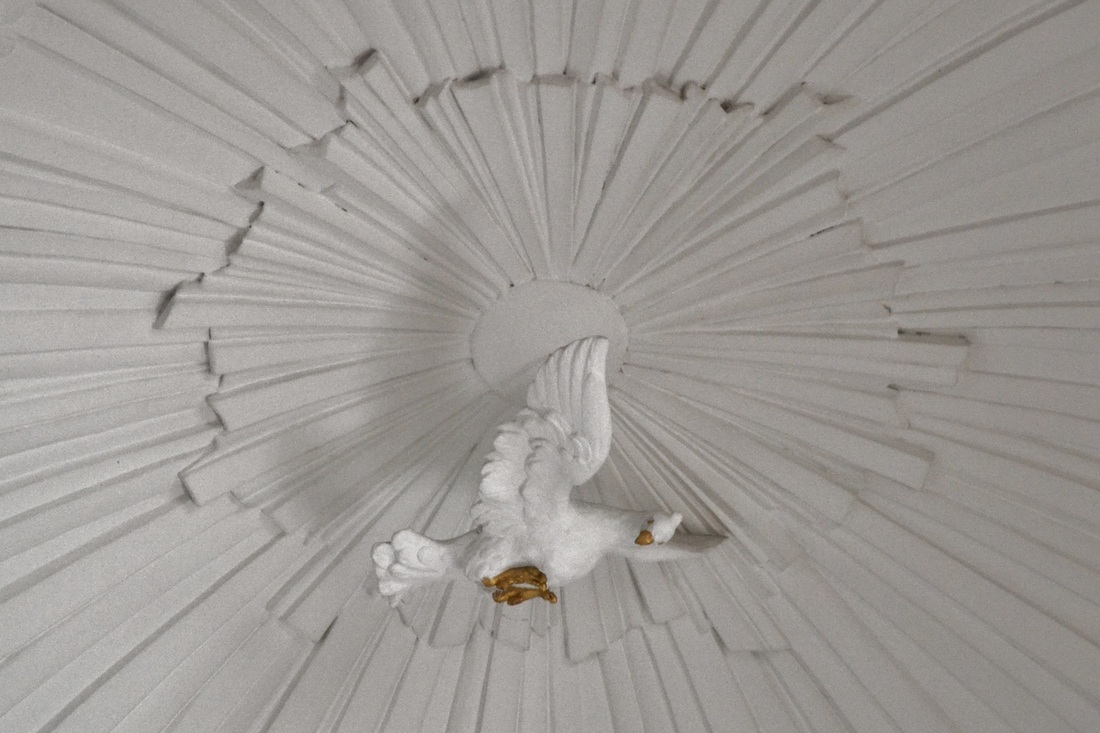
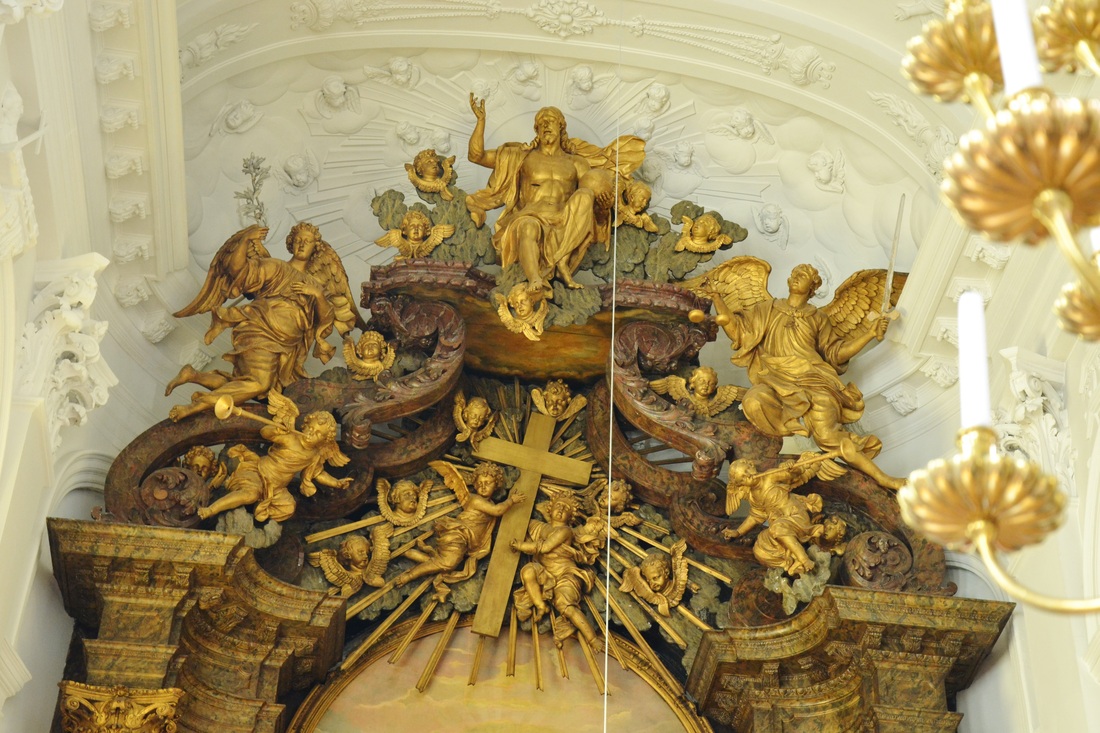
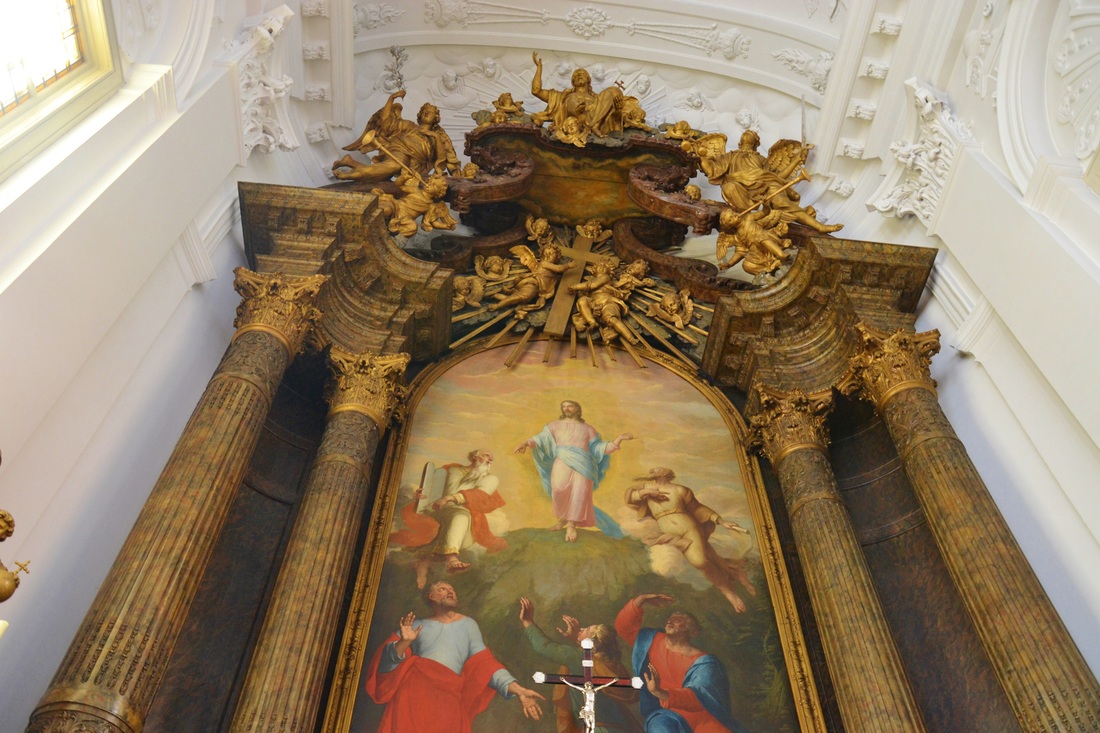
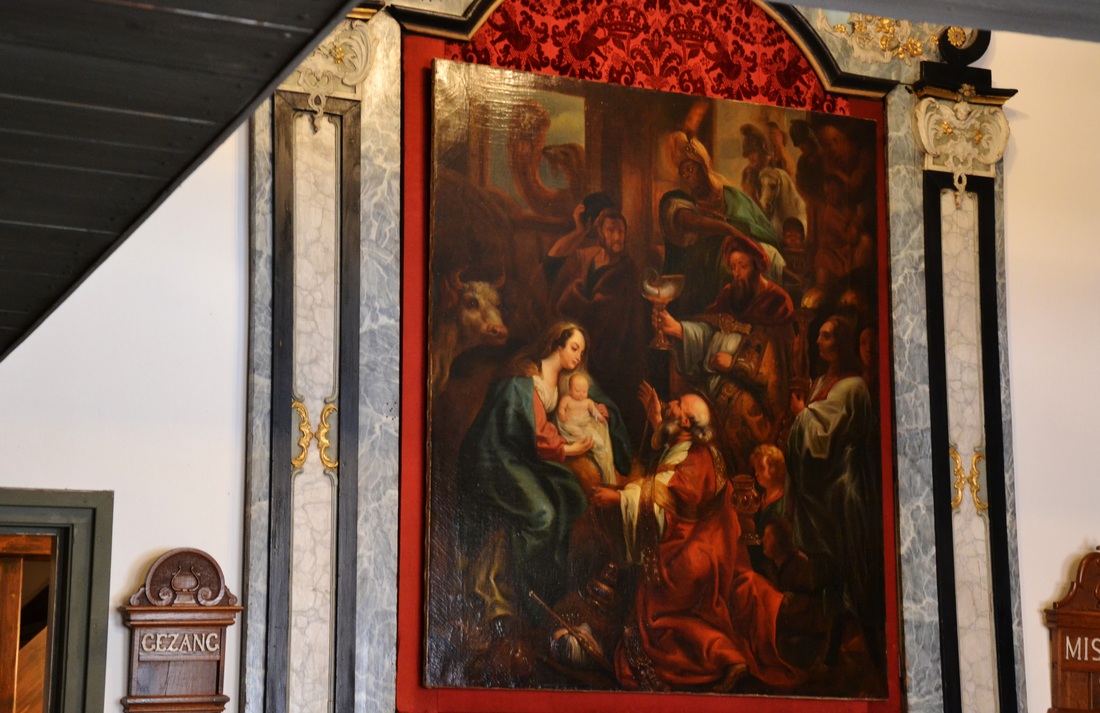
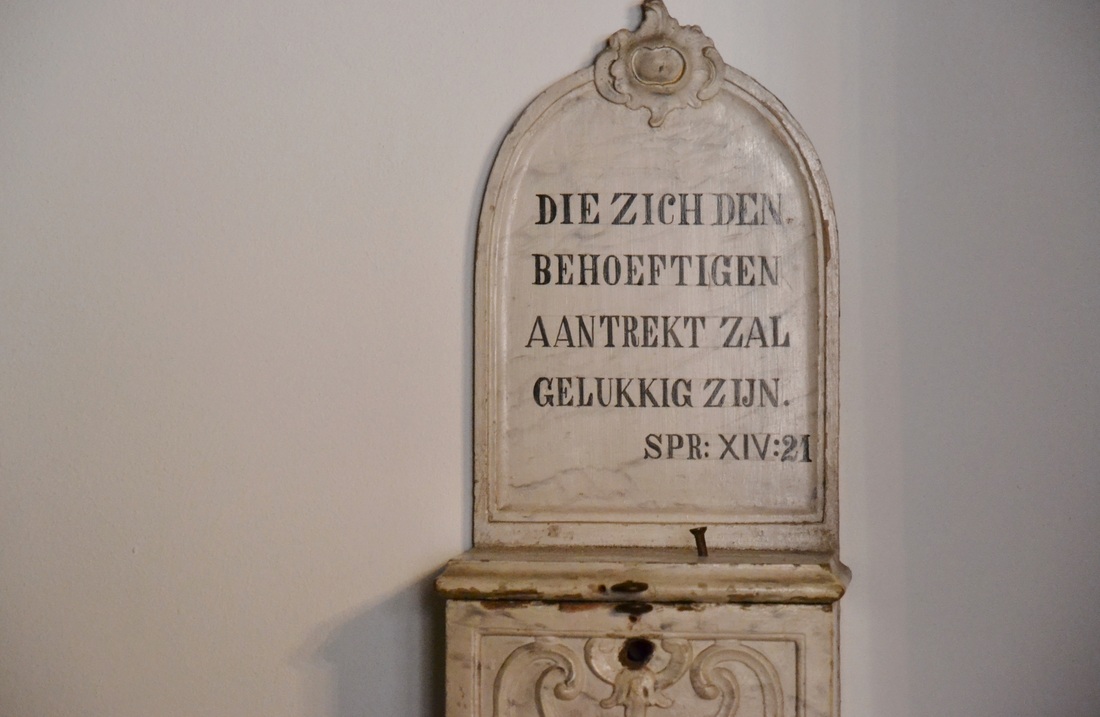
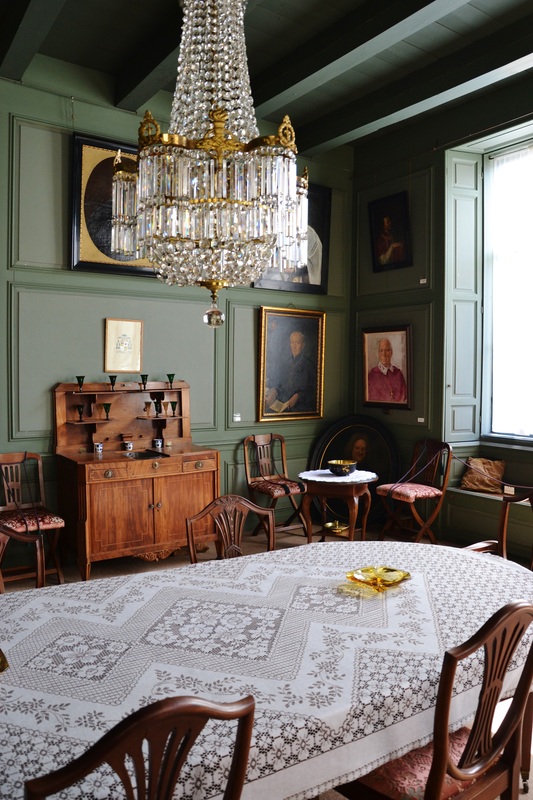
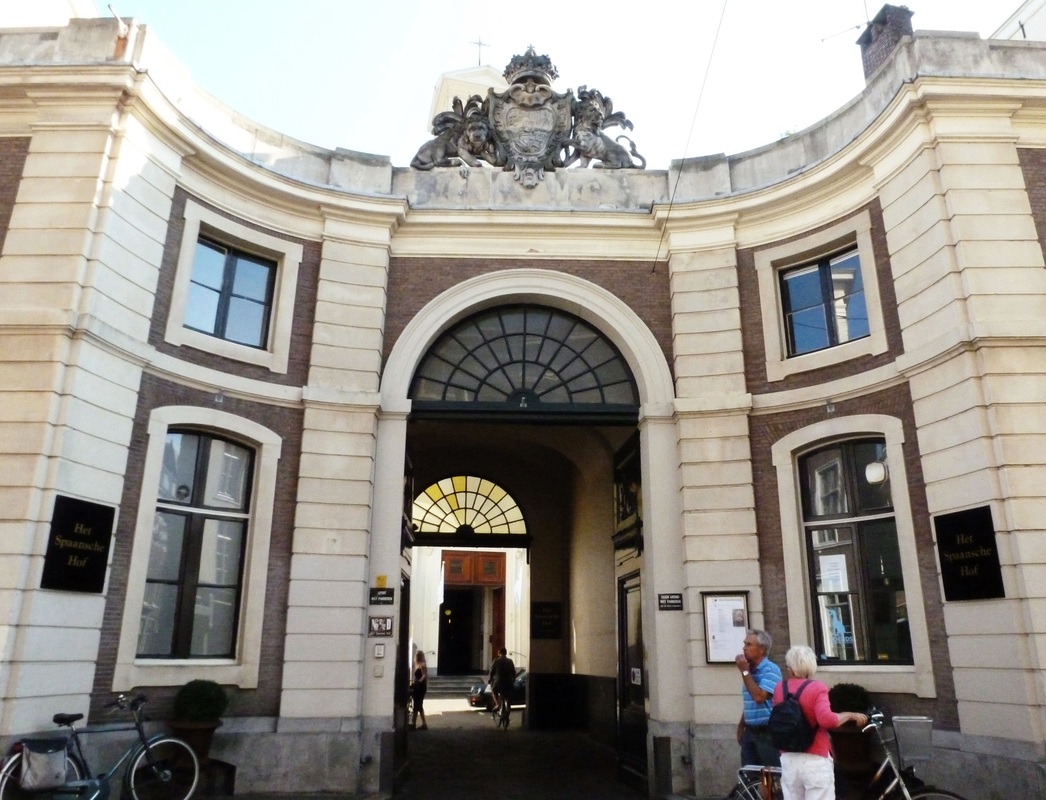
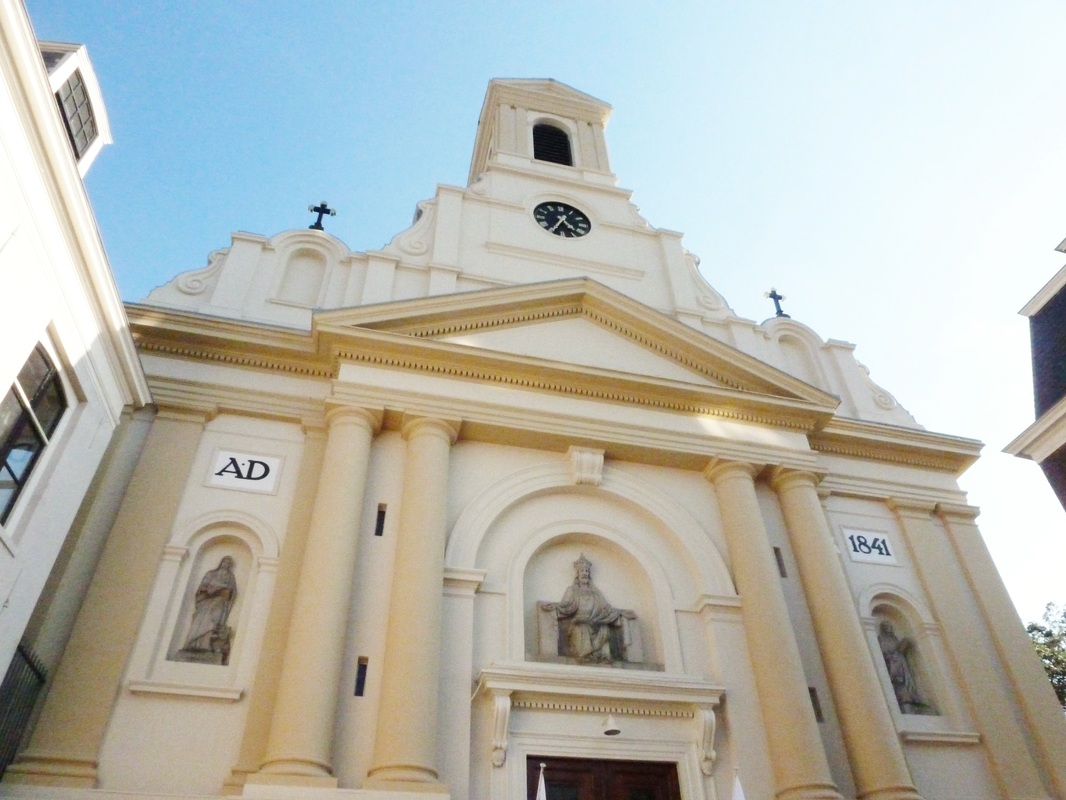
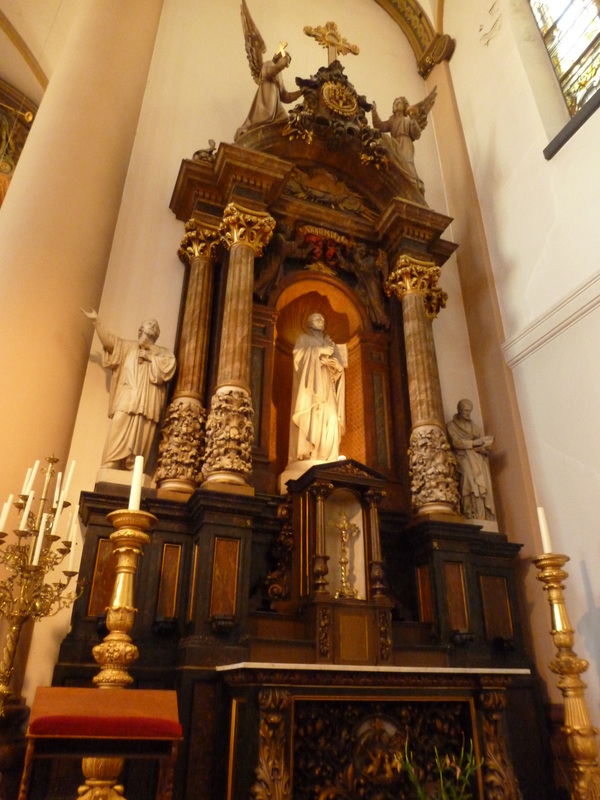
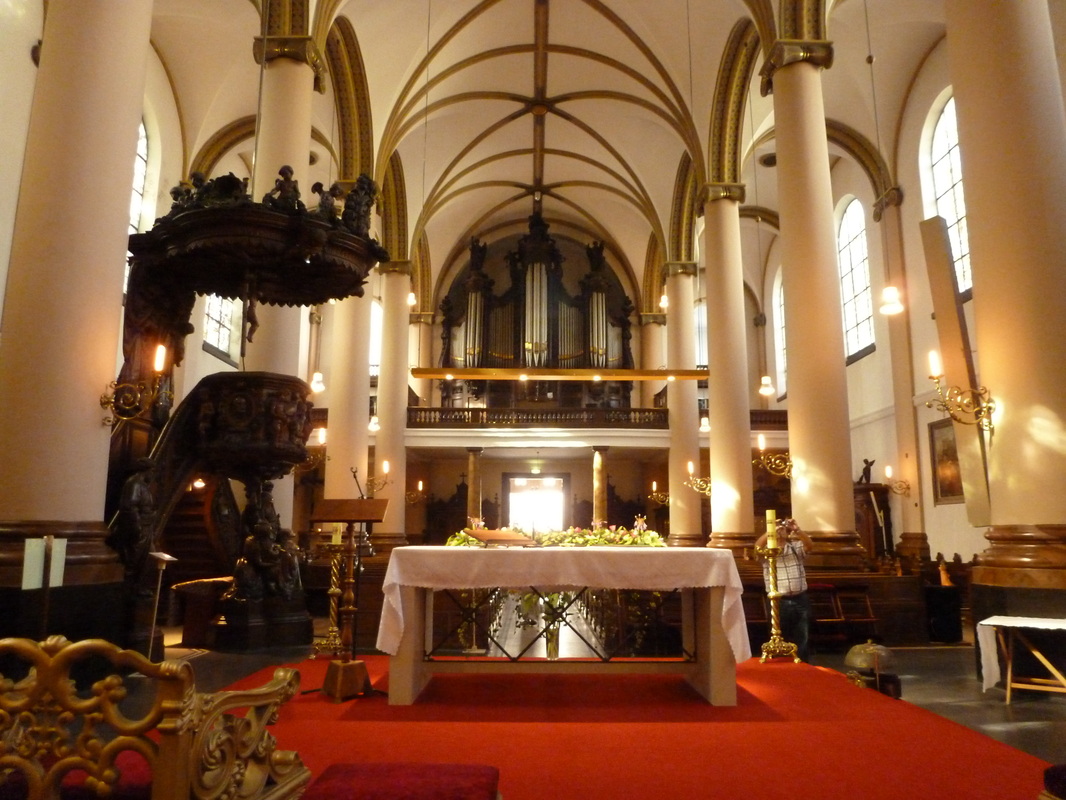
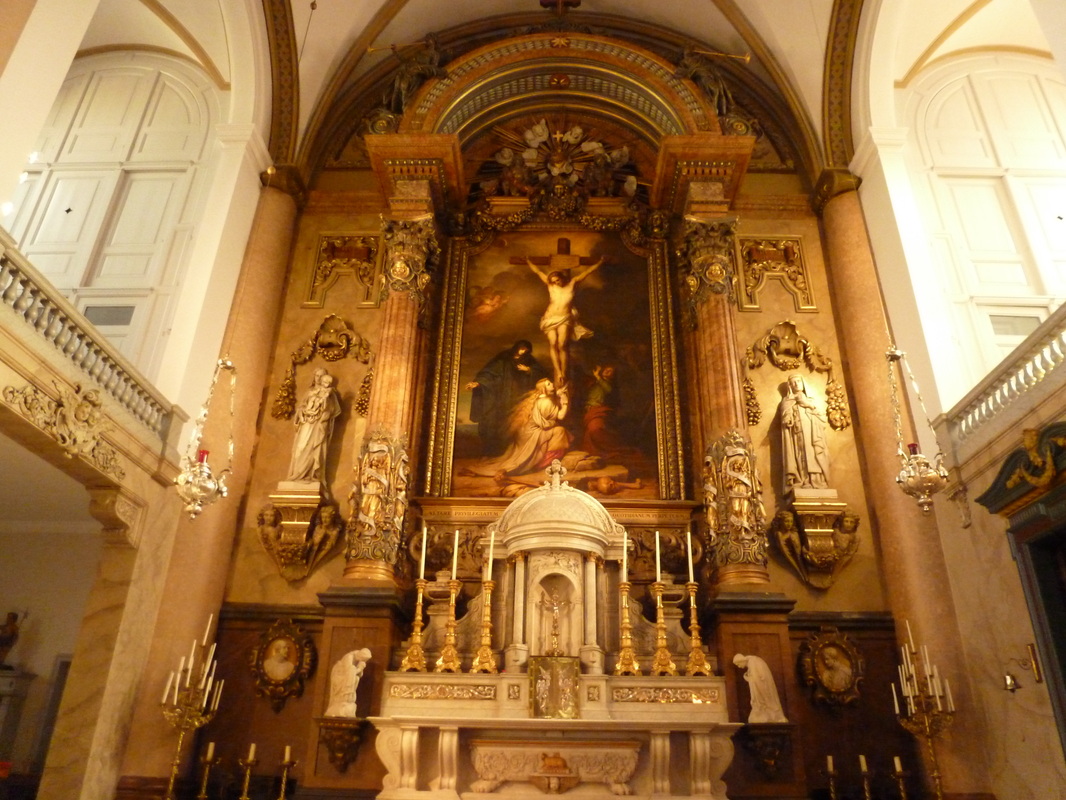
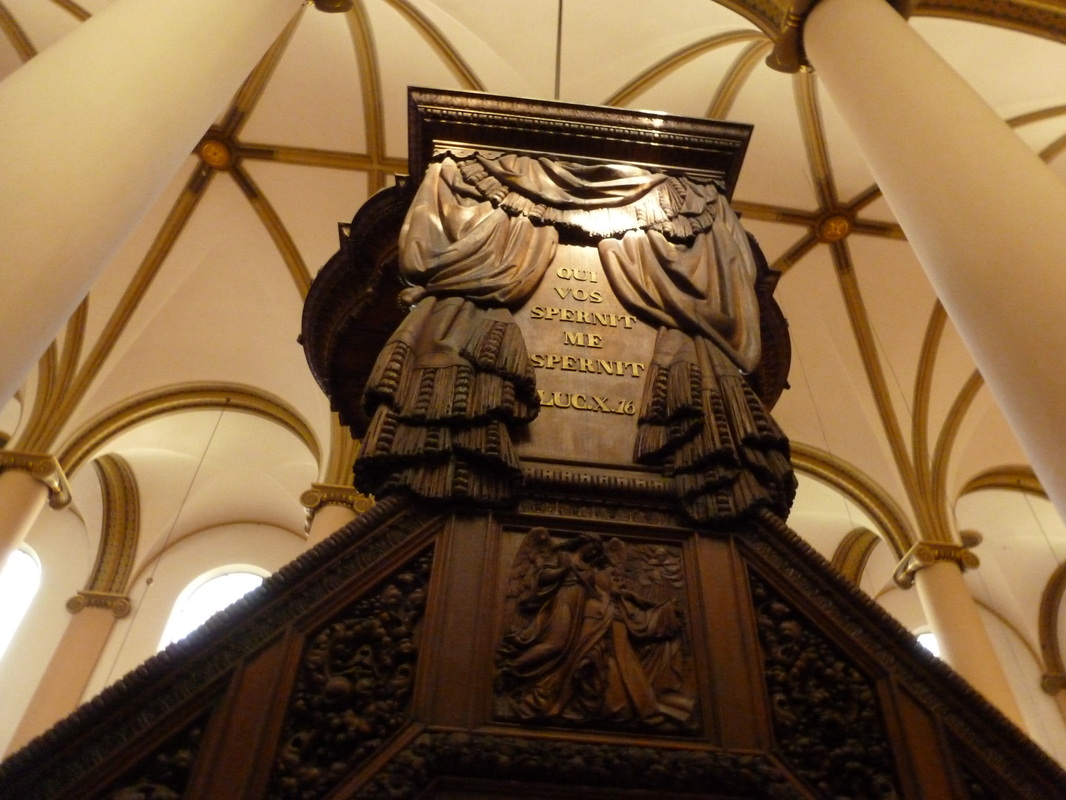

 RSS Feed
RSS Feed